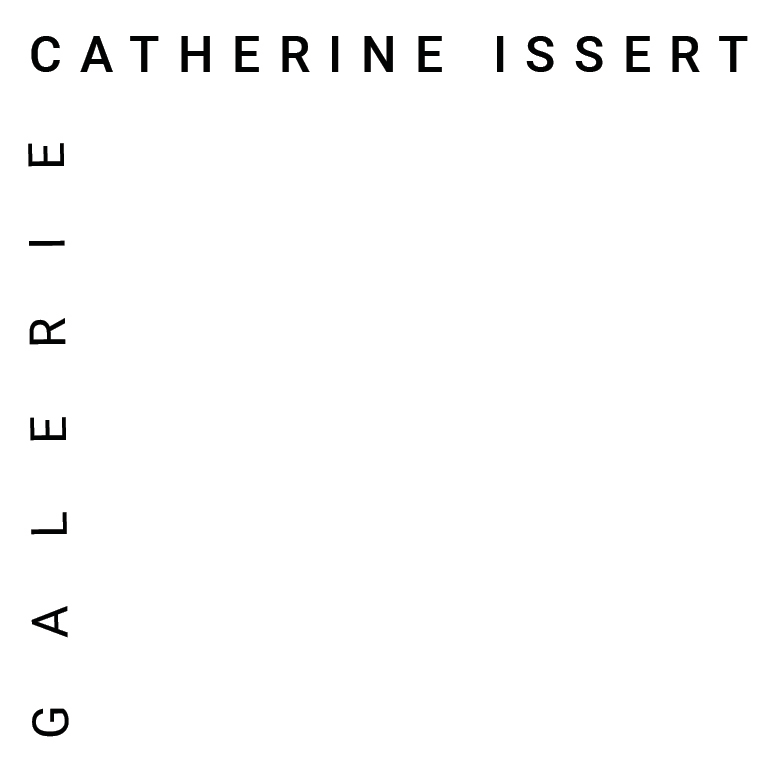Née en 1962 à Gwangju, Corée.Travaille en France et aux États-Unis
De son apprentissage de la calligraphie avec un maître coréen, Minjung Kim a conservé les bases de son approche artistique. L’emprunt de matériaux traditionnels enracine son travail dans la simplicité d’un univers originel. Le papier hanji est issu de la chair du mûrier, et la combustion de cet arbre permet de récolter la suie qui constitue l’encre. Les transformations se réalisent par le recours aux éléments du feu, de l’eau, de l’air. Les outils du calligraphe épousent ainsi le symbolisme du cycle de vie. L’aspect organique des éléments suggère la transformation du vivant. Et l’artiste s’efforce aussi, de par sa disposition intérieure, de s’harmoniser avec la nature.
Créer implique de consumer son identité, de s’oublier en se mettant au diapason de son souffle, pour que surgisse un mouvement spontané. Dans la présence à l’instant, le geste se réalise en relation avec la matière. Un dialogue s’instaure, sans que l’on sache d’où provient l’intention. Cette attitude se décline au fil des approches nouvelles. Les oeuvres construites comme des assemblages de papier, découpés, superposés, s’organisent en compositions abstraites d’une délicate complexité. En résultent des formes vibrantes, oscillant selon les degrés d’épaisseur, de combustion du papier et de dilution des lavis d’encre. L’utilisation de papier coloré apporte une musicalité proche d’un Paul Klee, ou d’un Wassily Kandinsky.
Au gré des formes qu’empruntent les expérimentations esthétiques, Minjung Kim crée les conditions qui permettront à son intervention de se faire minimale, devenant le reflet d’un dessein plus large, révélant le silence de la nature.
By mastering calligraphy, Minjung Kim has found the fundamentals of her artistic approach. The handling of traditional materials roots her work in the simplicity of the elements. The Hanji paper is extract from the flesh of the mulberry tree, whose combustion will produce the soot that becomes the ink. The interventions are realized through the action of fire, water, air. The calligrapher’s tools hence adopt the symbolism of the life cycle. The organic aspect of these components suggests the transformation of the living. And the artist, by her inner disposition, also seeks to harmonize with nature.
Creating implies dissolving her identity, surrendering by attuning with her respiration, in order for a spontaneous movement to arise. Absorbed in the instant, the gesture is realized in relation to matter. A dialogue is established, oblivious to the origin of the intention. This attitude is echoed through the varying approaches. Works designed as paper collages, cut, overlapped, are shaped in compositions of delicate complexity. The results are vibrating forms, oscillating according to the thickness, the degree of combustion of the paper, and the dilution of the ink wash.
According to her different aesthetical experimentations, Minjung Kim creates the set up that will allow her own gesture to vanish, becoming the reflection of a broader intent, revealing the silence of nature.

